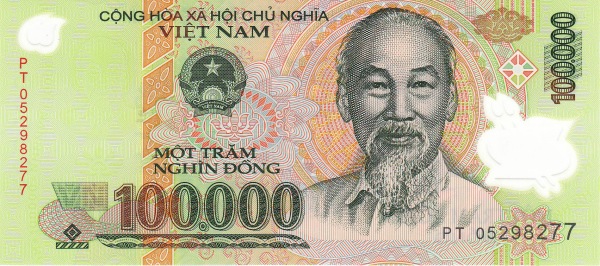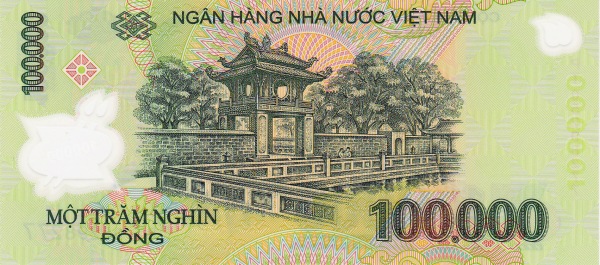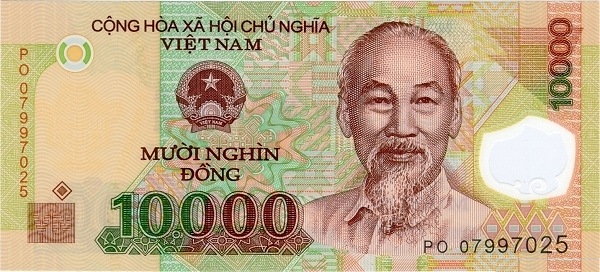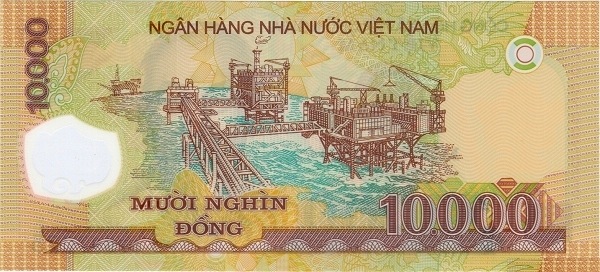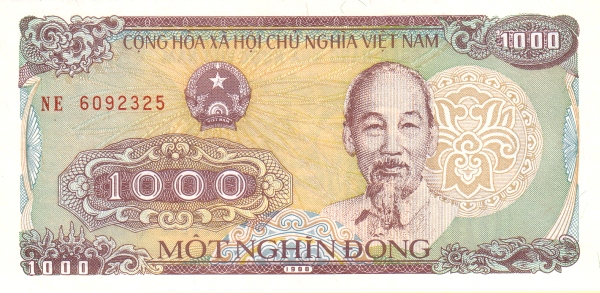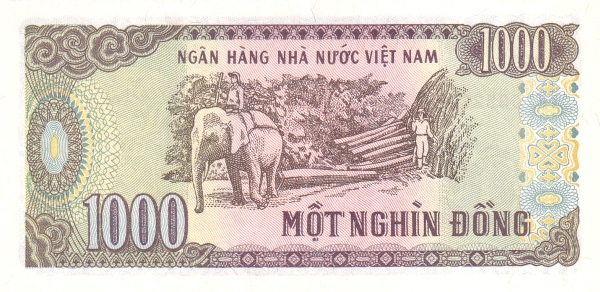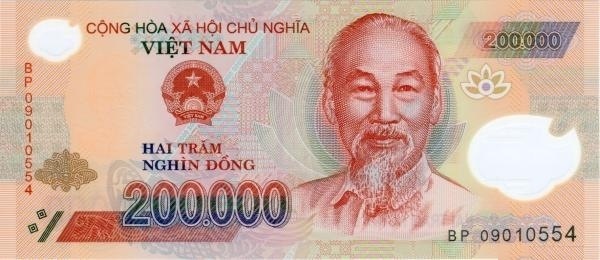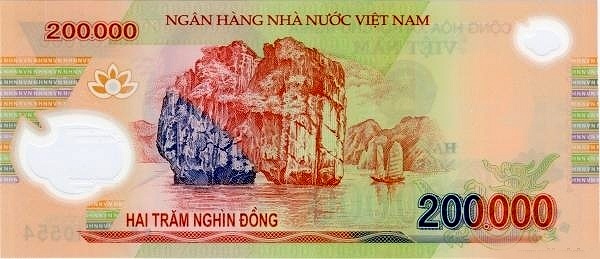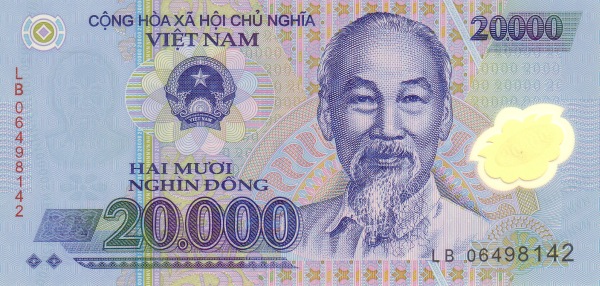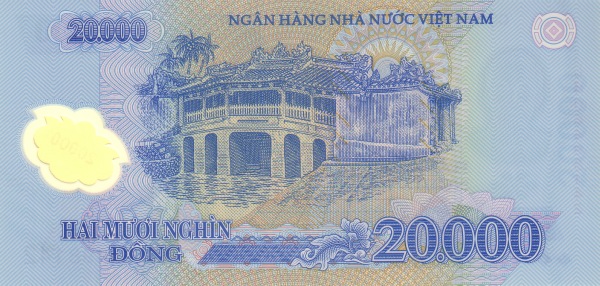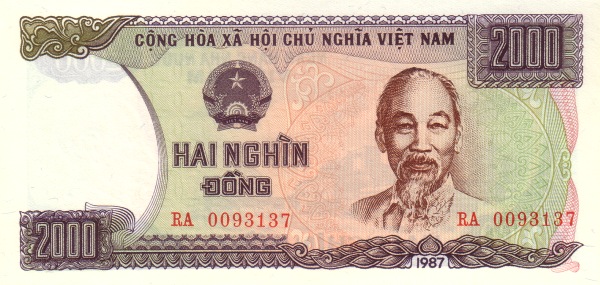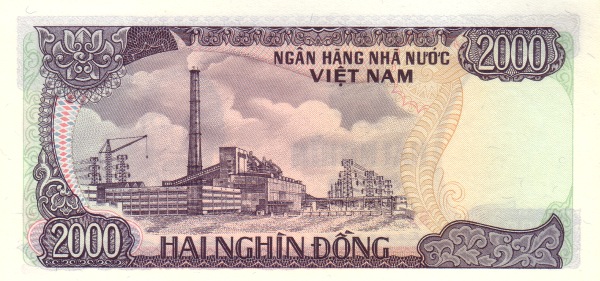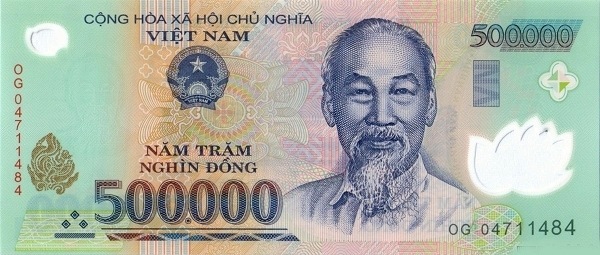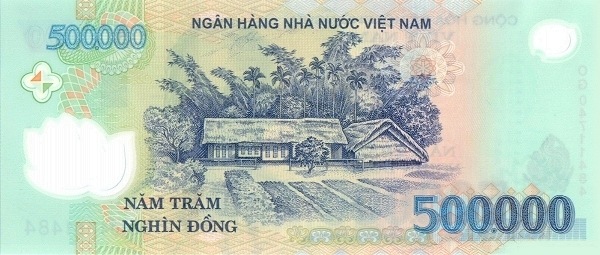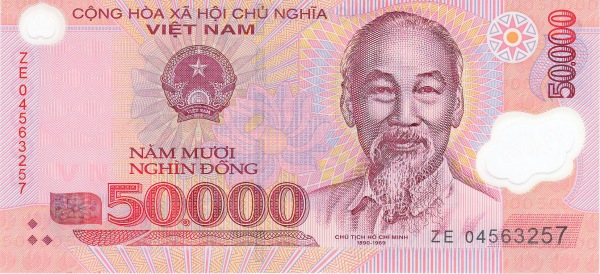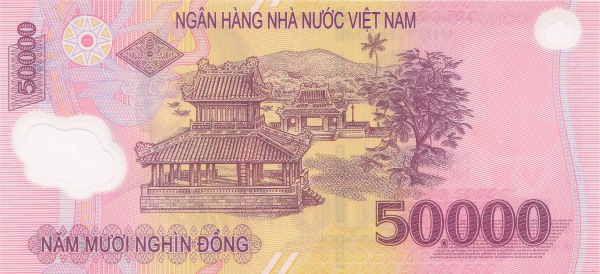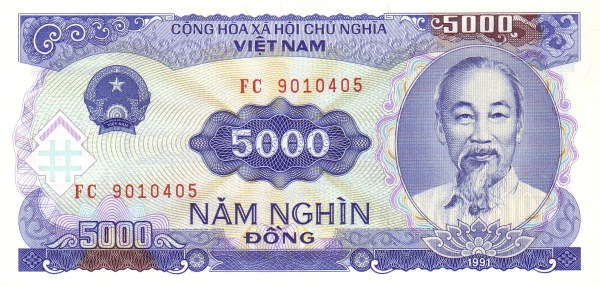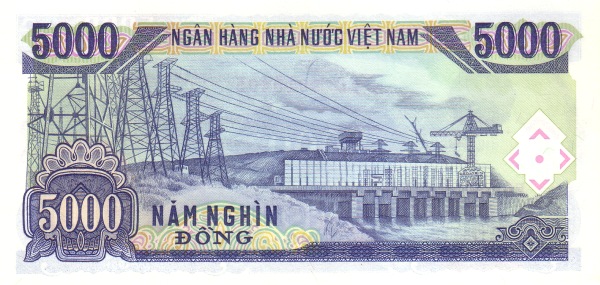Discovering Vietnam: A Land of Rich Culture and History
Vietnam, officially recognized as the Socialist Republic of Vietnam, stands as a captivating country that stretches majestically along the eastern coastline of the Indochinese Peninsula. This remarkable nation shares its northern border with China, while on the west side, it adjoins Laos and Cambodia. As you gaze eastward, you'll find Vietnam nestled beside the South China Sea and the Gulf of Tonkin, where the intriguing island of Hainan Dao (China) lies just to the northeast. Furthermore, Vietnam has established maritime boundaries with notable neighbors, including Indonesia, Malaysia, the Philippines, and Thailand.
Geographical Overview of Vietnam
Occupying an area of approximately 331,689 km², Vietnam appears about three times larger than Bulgaria and slightly surpasses the size of New Mexico in the United States. This vast landscape fosters diverse ecosystems and breathtaking scenery, ranging from towering mountains to serene coastal deltas. The geographical variety significantly contributes to the nation's cultural richness and economic activities.
A Look at Vietnam's Population and Capital
As of 2024, Vietnam's population has surged to an impressive 105.7 million, positioning it as the 16th most populous country in the world. The capital city of Vietnam, Hanoi (often written as Ha Noi), serves as a historical beacon, having once been the capital of the Republic of Vietnam. Contrastingly, Ho Chi Minh City, known historically as Saigon, holds the title of the largest city, bustling with energy and life. Vietnamese remains the official language, although English is quickly gaining popularity as a secondary language. Interestingly, remnants of the French colonial era manifest in the occasional use of the French language among some local communities.
Cultural Diversity in Vietnam
In addition to the multitude of languages, Vietnam takes pride in its rich cultural tapestry. Home to an array of ethnicities, this nation boasts 54 distinct ethnic groups, including the Viet (Kinh), who constitute approximately 87% of the population. The Chinese community forms the second largest group, followed by various ethnic minorities such as the Tay, Thai, Muong, Hoa, Khmer, and Nung, among others. This ethnic diversity contributes to a vibrant cultural milieu, where various customs, traditions, and festivals blend harmoniously.
Historical Background of Vietnam
To understand Vietnam's present, one must delve into its historical narrative. France fervently occupied Vietnam starting in 1884, a period marked by significant turmoil and resistance. In the aftermath of World War II, the Vietnamese proudly declared their independence. However, the French clung to power until 1954, when communist forces, led by the iconic Ho Chi Minh, triumphed over colonial rule, establishing control in the northern region.
The Vietnam War and Its Consequences
During the tumultuous 1960s, the Vietnam War escalated. The United States, sensing the need to bolster the South Vietnamese government, funneled substantial economic and military aid into the region. Nevertheless, following a cease-fire agreement in 1973, US armed forces withdrew, leaving South Vietnam vulnerable. Just two years later, the resilient North Vietnamese forces overran the South, culminating in the reunification of the country in 1975. Despite this victory, the economic reconstruction of the newly unified Vietnam faced immense challenges.
Economic Transition and Development
The aging leaders of the Communist Party displayed reluctance in initiating the necessary reforms for a market-oriented economy. Nonetheless, the gradual shift from a centrally planned economy to a more flexible market model has significantly enhanced the quality of life for many Vietnamese citizens. This evolution has propelled Vietnam towards greater economic stability, encouraging entrepreneurial activities and foreign investments.
The Current Government and Political Structure
Vietnam operates as a Communist Party-dominated constitutional republic, with its official independence proclaimed on September 2, 1945. The current constitution came into effect on April 15, 1992, reinforcing the country's commitment to governance by the Communist Party. This political structure ensures stability while also navigating the complexities of economic reforms and global engagement.
Demographics and Living Conditions
Vietnamese nationals make up the predominant ethnicity, resulting in a cohesive national identity. As of 2024, the country boasts a population of approximately 105.7 million individuals, with a real GDP per capita estimated at $13,700 as of 2023. Literacy rates have impressively reached 91%, reflecting the government's focus on education and awareness. This emphasis on education has, in turn, empowered citizens to partake actively in the evolving economy.
Religion and Spirituality in Vietnam
Religion plays a vital role in the lives of many Vietnamese people, with Buddhism, Hoa Hao, and Cao Dai being among the prominent faiths. Additionally, animism and Islam have their followers, contributing to the spiritual pluralism within the nation. This religious and spiritual diversity enriches the cultural landscape of Vietnam, allowing various practices and beliefs to coexist harmoniously.
Natural Resources and Agriculture
Vietnam is blessed with an abundance of natural resources, including phosphates, coal, manganese, bauxite, chromate, and significant offshore oil and gas deposits. The country's forests and hydropower potential further enhance its wealth of resources. As agriculture remains a cornerstone of the economy, staple products such as paddy rice, coffee, and seafood play crucial roles in both domestic consumption and exports.
Industries and Economic Landscape
Vietnam boasts a diverse industrial sector encompassing food processing, garments, and machine-building. The nation has established a robust export economy, with commodities such as clothing, seafood, and electronics finding their way to international markets. The largest export partners include the United States, China, and South Korea, indicating Vietnam's growing significance in the global supply chain.
Trade Relations and Economic Growth
The country's import portfolio primarily consists of machinery, petroleum products, and raw materials essential for manufacturing. Analyzing the trade dynamics, it becomes evident that China serves as the predominant supplier, followed by South Korea and Japan. These trading relationships underline Vietnam's strategic importance in Southeast Asia and beyond, fueling its ongoing economic growth.
Conclusion: Embracing a Bright Future
In conclusion, Vietnam emerges as a captivating nation marked by its extraordinary history, cultural richness, and economic potential. With a thriving population and a commitment to progress, Vietnam is on a path toward sustainable development and global engagement. As the nation continues to evolve, it invites exploration and appreciation from all corners of the world.
Largest cities of: Vietnam
| City Name | Population | Year of foundation | |
| Hanoi | 8,000,000 | 1010 | |
| Ho Chi Minh City | 9,000,000 | 1698 | |
| Hai Phong | 2,000,000 | 1887 | |
| Da Nang | 1,300,000 | n/a | |
| Can Tho | 1,200,000 | 1786 | |
| Vinh | 500,000 | 1802 | |
| Nha Trang | 500,000 | 192 | |
| Bac Ninh | 500,000 | 968 |
Vietnam: Money
